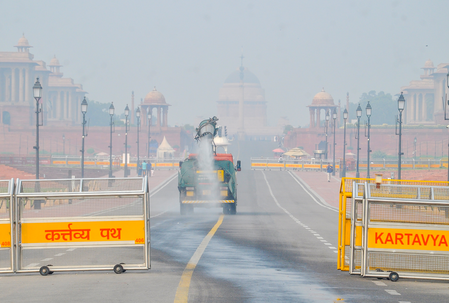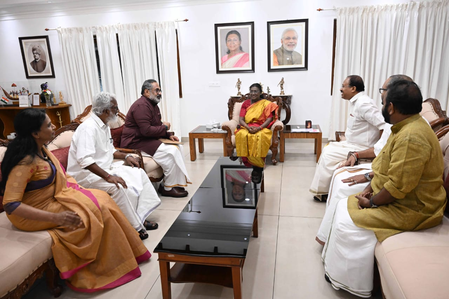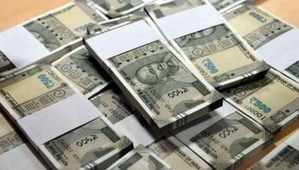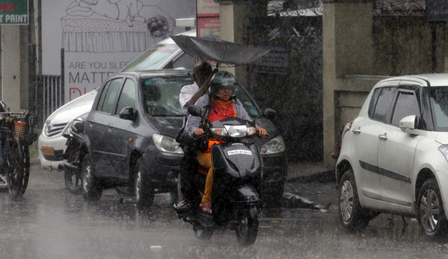
New Delhi, Oct 22 (IANS) Residents of the national capital woke up to a thick blanket of smog on Wednesday morning, as Delhi’s air quality took a severe hit following Diwali celebrations. At 5:30 a.m., the Air Quality Index (AQI) stood at 345, falling in the ‘very poor’ category, as per data from the Central Pollution Control Board (CPCB).
Despite restrictions imposed by the Supreme Court on the use of firecrackers, several parts of Delhi and the National Capital Region (NCR) witnessed widespread violations on Diwali night.
On Tuesday, many monitoring stations recorded AQI levels breaching the 500-mark, a level categorised as ‘severe’.
The 24-hour average AQI for Tuesday was 351, a sharp rise from 345 recorded on Monday.
The pollution spike comes as no surprise, as Delhi has historically grappled with worsening air quality during the post-monsoon and winter months. Low wind speeds, combined with emissions from firecrackers and stubble burning in neighbouring states like Punjab and Haryana, contribute significantly to the toxic haze that envelops the city.
Authorities are now considering emergency measures to combat the deteriorating air.
The Commission for Air Quality Management (CAQM) has indicated that Stage II of the Graded Response Action Plan (GRAP) could be implemented. Under GRAP-II, stricter curbs will be introduced, including a ban on the use of diesel generators (except for essential services), tighter regulations on construction and demolition activities, and enhanced dust suppression efforts. Special task forces will also be deployed in pollution hotspots to manage vehicular emissions and traffic flow.
Data from the CPCB over the past four years confirms that Diwali 2025 ranks among the most polluting in recent memory. The figures underscore a worrying pattern, a recurring plunge in breathable air quality directly linked to unchecked firecracker usage.
Meanwhile on Tuesday, With particulate matter (PM) 2.5 concentrations averaging 488 micrograms per cubic meter (µg/m3) post Diwali, city doctors reported a rise in cases of respiratory issues, eye irritation, flu as well as joint pain among others.
As the smog thickens, health experts have once again urged citizens, particularly children, the elderly, and those with respiratory conditions, to limit outdoor exposure and wear protective masks when necessary.
–IANS
rs/




